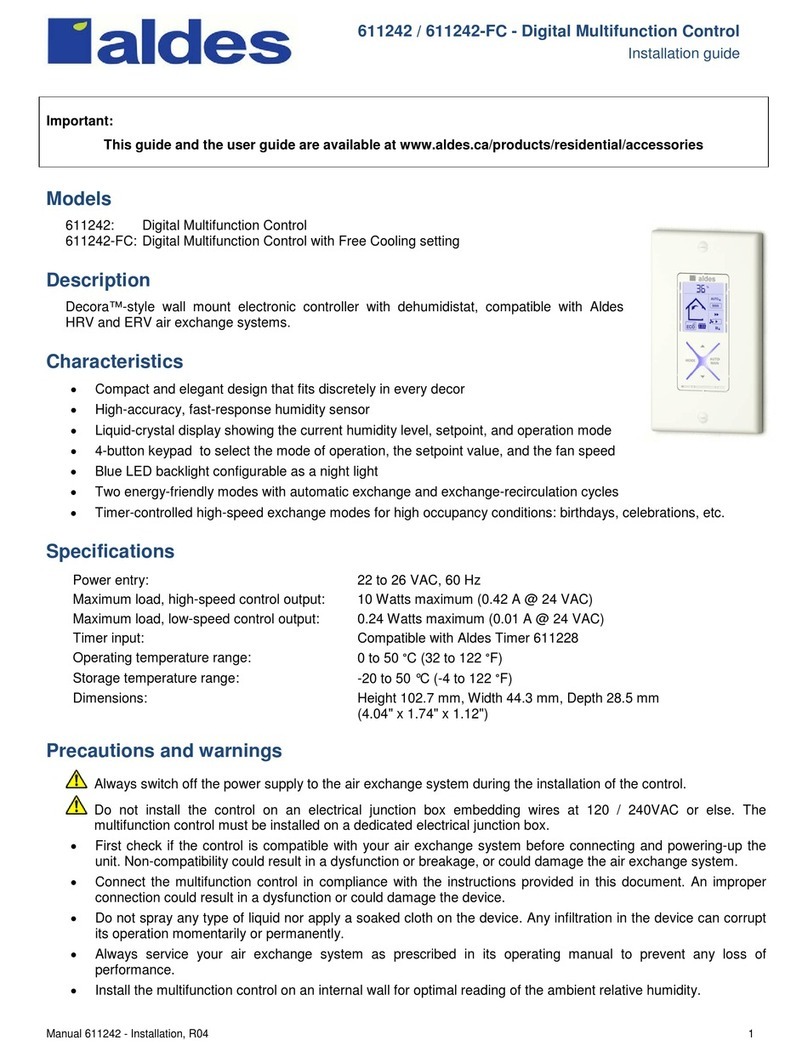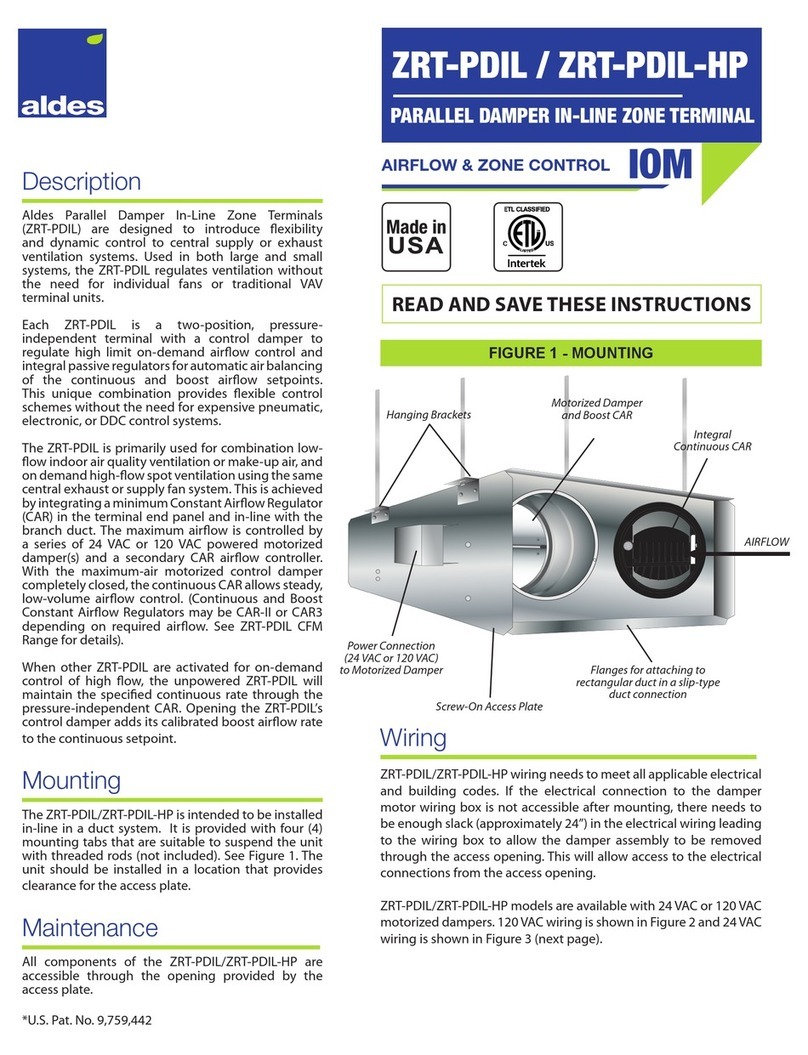
Abb. 1 Installation einer Cartridge-Brandschutzklappe mit Gips / Mörtel / Beton
Fig.1. Scellement d’une cartouche coupe-feu à l’aide du plâtre / mortier / béton
Fig. 1 Afwerking van de vlinderbrandklep met gips, specie of beton
Fig. 1 Inserimento della serranda tagliafuoco a cartuccia con gesso / malta / cemento
1 - Ceiling, 2 - Gypsum, 3 - Steel duct, 4 - CF1 - CF2, 5 - Disc valve
1 - Die Mauer, 2 - Gips / Mörtel / Beton, 3 - Stahlrohr, 4 - CF1 - CF2, 5 - Ventil
1 - Plafond, 2 - Plâtre / mortier / bétón, 3 - Gaine acier, 4 - CF1 - CF2, 5 - Bouche ventilation
1 - Wand, 2 - Gips/specie/beton, 3 - Stalen kanaal, 4 - CF1 - CF2, 5 - Ventiel
1
2
3
5
d
d+60 mm
4
1 - Wall, 2 - Gypsum / mortar/ concrete, 3 - Steel duct, 4 - CF1 - CF2, 5 - Disc valve
1 - Decke, 2 - Gips / Mörtel / Beton, 3 - Stahlrohr, 4 - CF1 - CF2, 5 - Ventil
1 - Paroi, 2 - Plâtre / mortier / bétón, 3 - Gaine acier, 4 - CF1 - CF2, 5 - Bouche ventilation
1 - Plafond, 2 - Gips, 3 - Stalen kanaal, 4 - CF1 - CF2, 5 - Ventiel
1 - parete, 2 - gesso / malta / cemento, 3 - condotto in acciaio, 4 - CF1 - CF2, 5 - valvola
1
2
3
4
5
d
d+60 mm
1 - Disc valve, 2 - CF1 - CF2, 3 - Gypsum, 4 - Duct
1 - Ventil, 2 - CF1 - CF2, 3 - Gips, 4 - Rohrleitung
1 – Bouche ventilation, 2 – CF1 - CF2, 3 – Plâtre, 4 – Conduite
ventilation
1 - Ventiel, 2 - CF1 - CF2, 3 - Gips, 4 – Kanaal
1 - valvola, 2 - CF1 - CF2, 3 - gesso, 4 - condotto
1 2 3 4
Fig. 2 Installation Into the End of a Duct with a Valve
Abb. 2 Installieren Sie das Ende des Rohres mit einem Ventil
Fig.2 Montage d’une cartouche coupe-feu au bout de la gaine
munie d’une bouche ventilation
Fig. 2 Installatie in het uiteinde van een kanaal met behulp van
een ventiel
Abb. 3 Installation von der Cartridge-Brandschutzklappe mit
Mineralwolle
Fig.3 Montage d’une cartouche coupe-feu à l’aide de la laine
minérale
Fig. 3 Inbedden van de vlinderbrandklep met minerale wol
Fig. 3 Inserimento della serranda tagliafuoco a cartuccia in una
parete in cartongesso con lana minerale
1 - CF1 - CF2, 2 - Cover plates, 3 - Mineral wool with a minimum density of 50- 100 kg.m-3,
,
1 - CF1 - CF2, 2 - Deckplatten, 3 - Mineralwolle mit min. Dichte von 50 bis 100 kg/m3, 4 - Stahlrohr, 5 -
1 - CF1 - CF2, 2 – Plaques de couverture, 3 – Laine minérale de densité minimale de 50 - 100 kg.m-3,
1 - CF1 - CF2, 2 - Afdekplaten, 3 - Minerale wol met een minimale dichtheid van 50 - 100 kg.m-3, 4 -
1 - CF1 - CF2, 2 - lastre di copertura, 3 - lana minerale con densità minima di 50 - 100 kg.m-3
, 4-condotto
CF1 - CF2





























